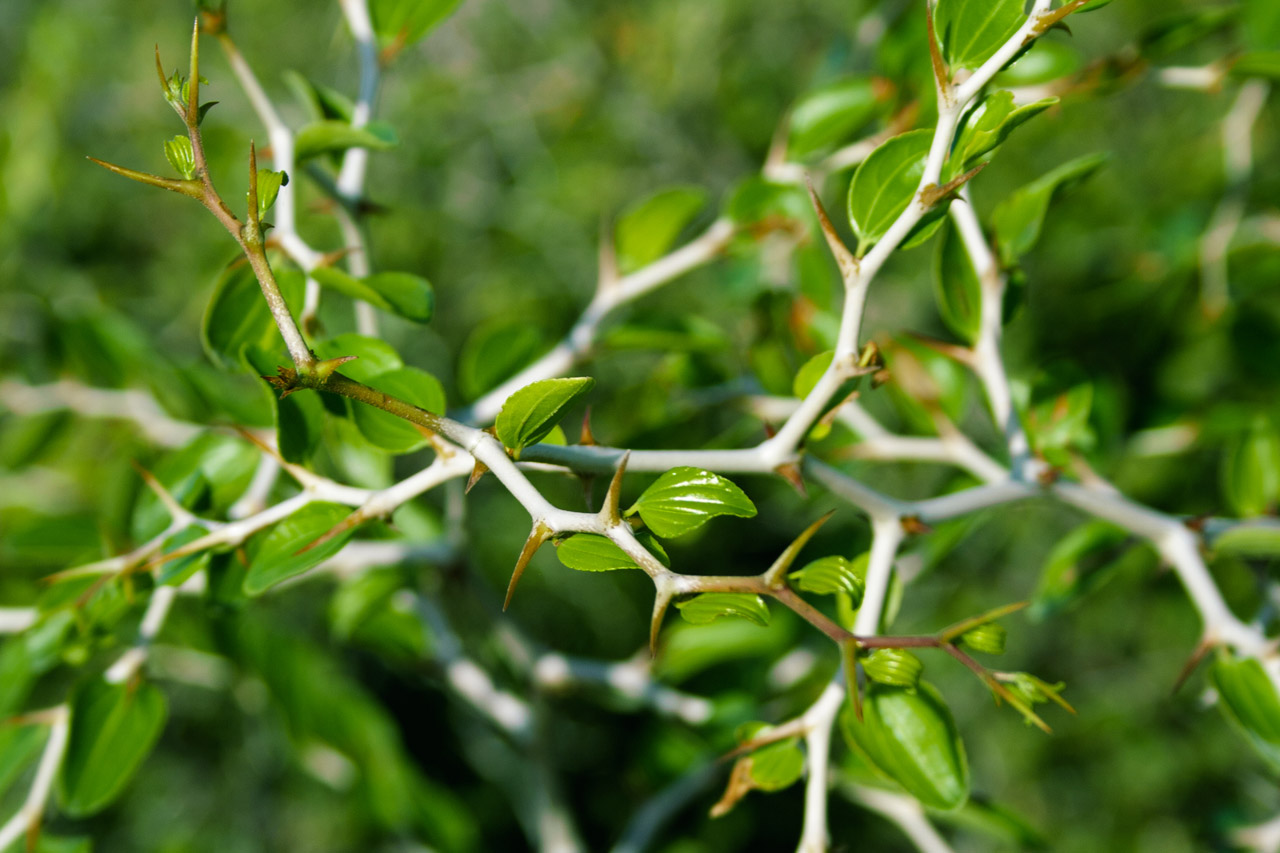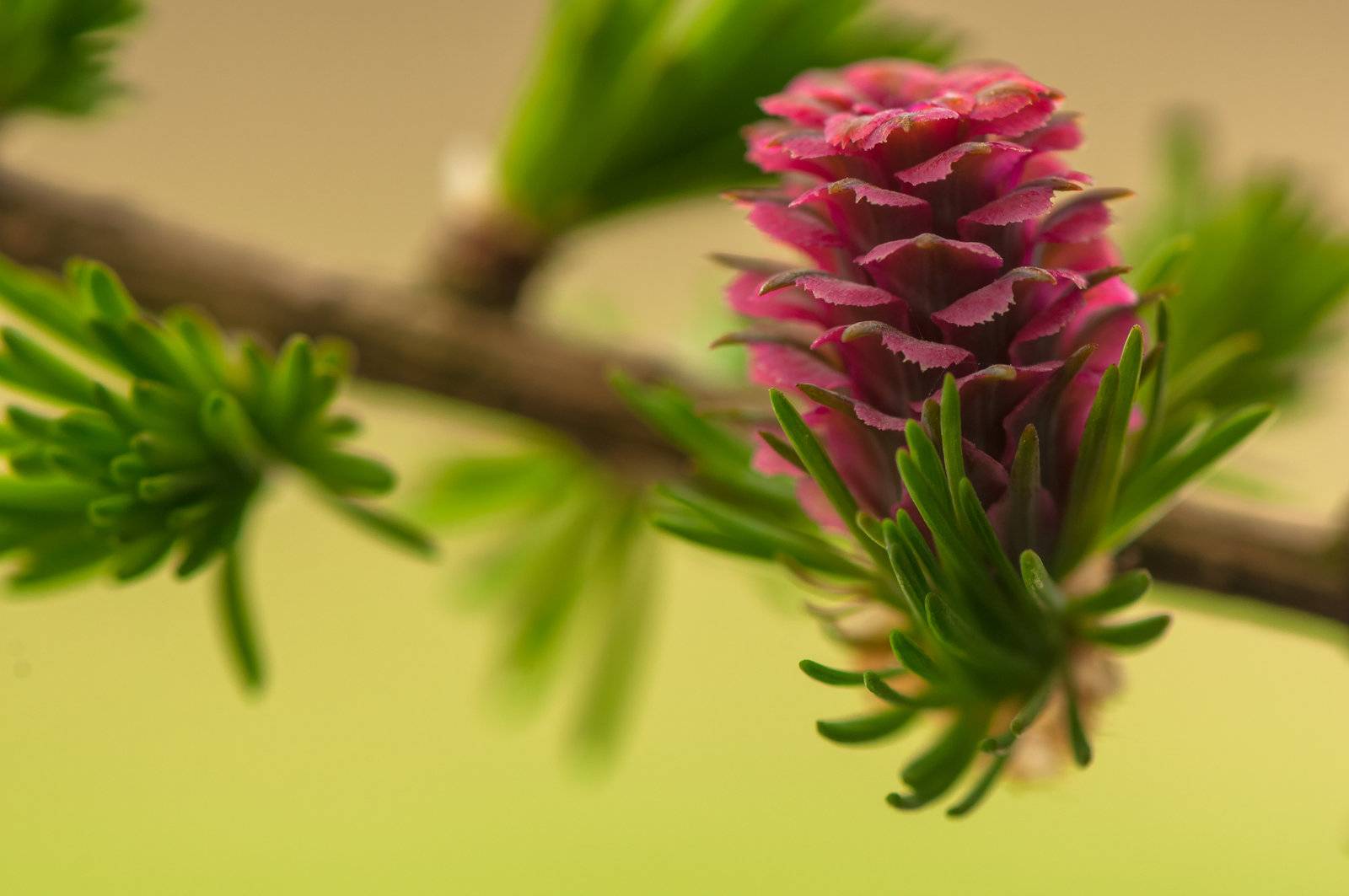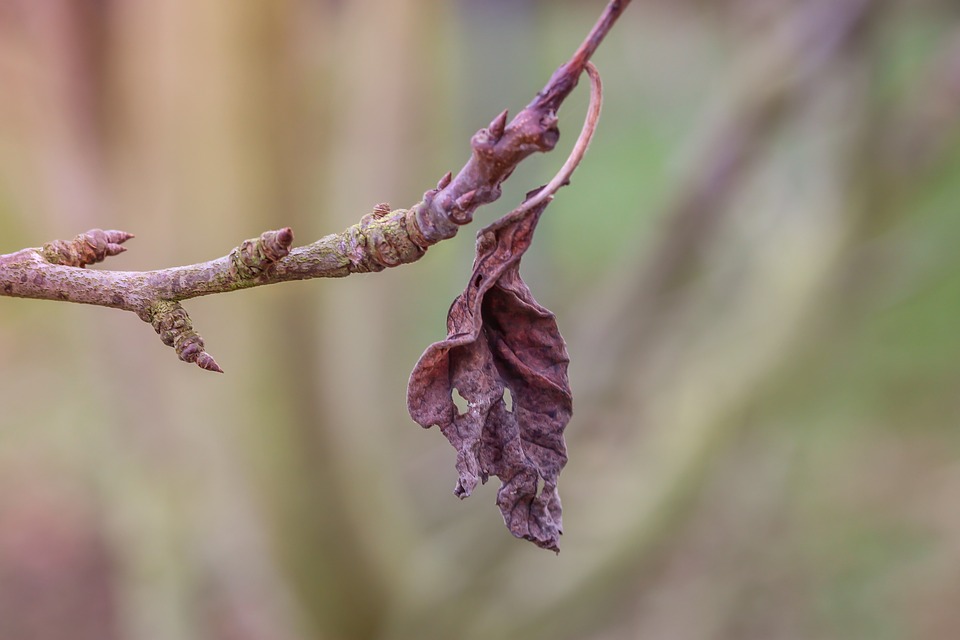In the previous articles, I’ve mentioned how plants may lack a brain, but this does not prevent them from protecting and defending themselves.
So, let’s learn about some more defense plant mechanisms.
The Hypodermic Needle of the Stinging Nettle

Certain plants have combined the needle defense with poison to produce even more effective protection. The stinging nettle is of this type. Its barbs act in much the same way as hypodermic needles, piercing an attacking animal and injecting poison at the same time.
When one brings one’s hand in contact with certain leaves, such as those of the stinging nettle, there will be unfortunate effects. Stinging hairs, each composed of one large cell, will break off from the leaves and will fasten securely upon the hand. They will inject an irritating substance into the skin – a substance related to formic acid (HCOOH), which is the “venom” of certain red ants and some other insects. If a number of hairs, concentrated in a small area, have penetrated the skin, the injected substance may bring about considerable inflammation.
The defenses of the stinging nettle are effective only against attacks from above. The hairs which are quite elastic are pointed upward and they are also restricted to the leaves, the lower parts of the plant being bare. If one passes one’s hand upward so as to press down upon the hairs on the leaf, the hand will glide over them without mishap and the hairs’ will simply be pressed against the leaves. But if one reverses the direction of motion, the slightest touch will break off a number of hairs, releasing their poison.
Plants, therefore have a great variety of natural defenses. Essential plant parts such as leaves, fruits and flowers may be disagreeable in odor and in taste or even poisonous to animals that might want to feed upon them. Some plants are provided with spines, prickles or thorns that discourage browsing animals. Others are protected by pointed, barbed and stinging hairs.
Plants That Protect Themselves by Mimicry

Plant defense, however, is not entirely a matter of nature’s having provided actual defensive weapons. The plant still has other resources. It may turn to subterfuge, for example, to protect itself. Thus we have very curious instances of mimicry, where a striking resemblance to another plant or object is unmistakable. Perhaps the best-known example of this kind of mimicry is the common dead nettle. It takes its name from the fact that in general appearance it looks extremely like the common stinging nettle. Actually, however, it has none of that plant’s unpleasant properties. Some plants in South Africa look very much like pebbles, while others greatly resemble in coloration the ground in which they grow.
Nature ingenuity is seldom shown more clearly than in the relationships that come under the general heading of symbiosis. This term describes a relationship formed for the mutual benefit of two dissimilar organisms. These may be two different kinds of plants or animals, or a plant and an animal. In many cases, the two organisms involved can live independently, although their association brings benefits to them both.
Sticky Secretions may provide protection

Even more common is another kind of effective defense. Extremely sticky secretions from the plant tissues lie upon the surfaces of some plants to trap insects that crawl over them. This excretion may come from the epidermis (the external skin or coating) or from special glands or hairs. It is most commonly found on the flower stalk or on the principle stem. The protection derived from such sticky secretions sometimes extends not merely to the flower but to the whole foliage, as in some of the primulas and saxifrages. On the leaves of these plants the dead bodies of insects are often found, caught in the sticky protective substance.



